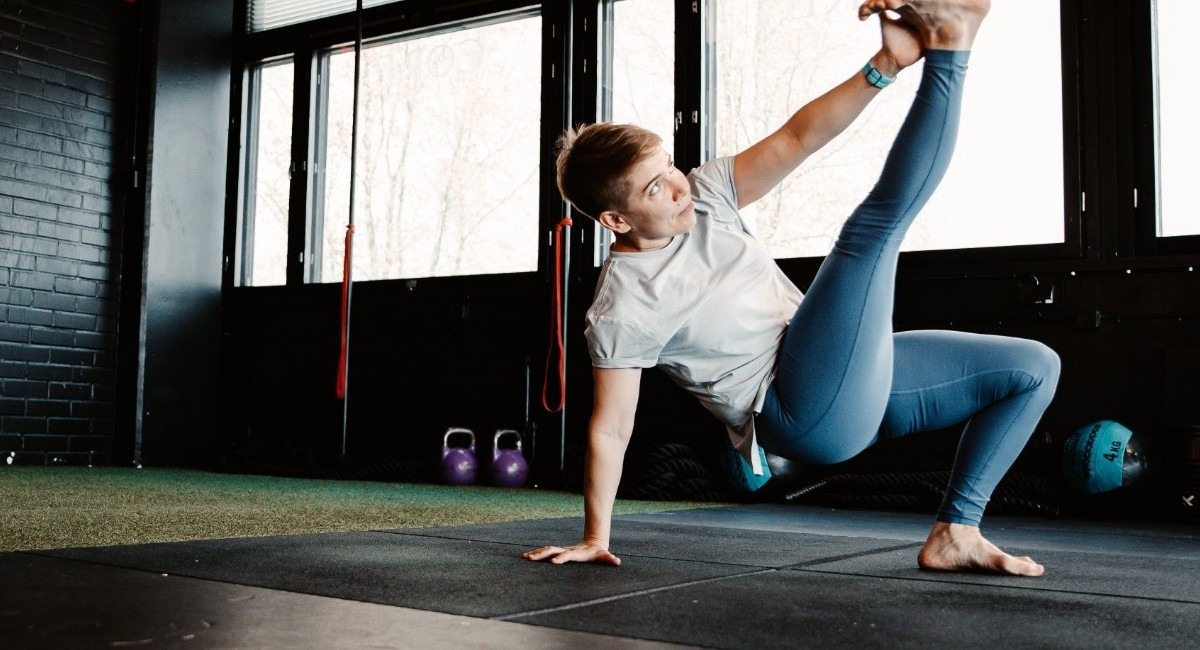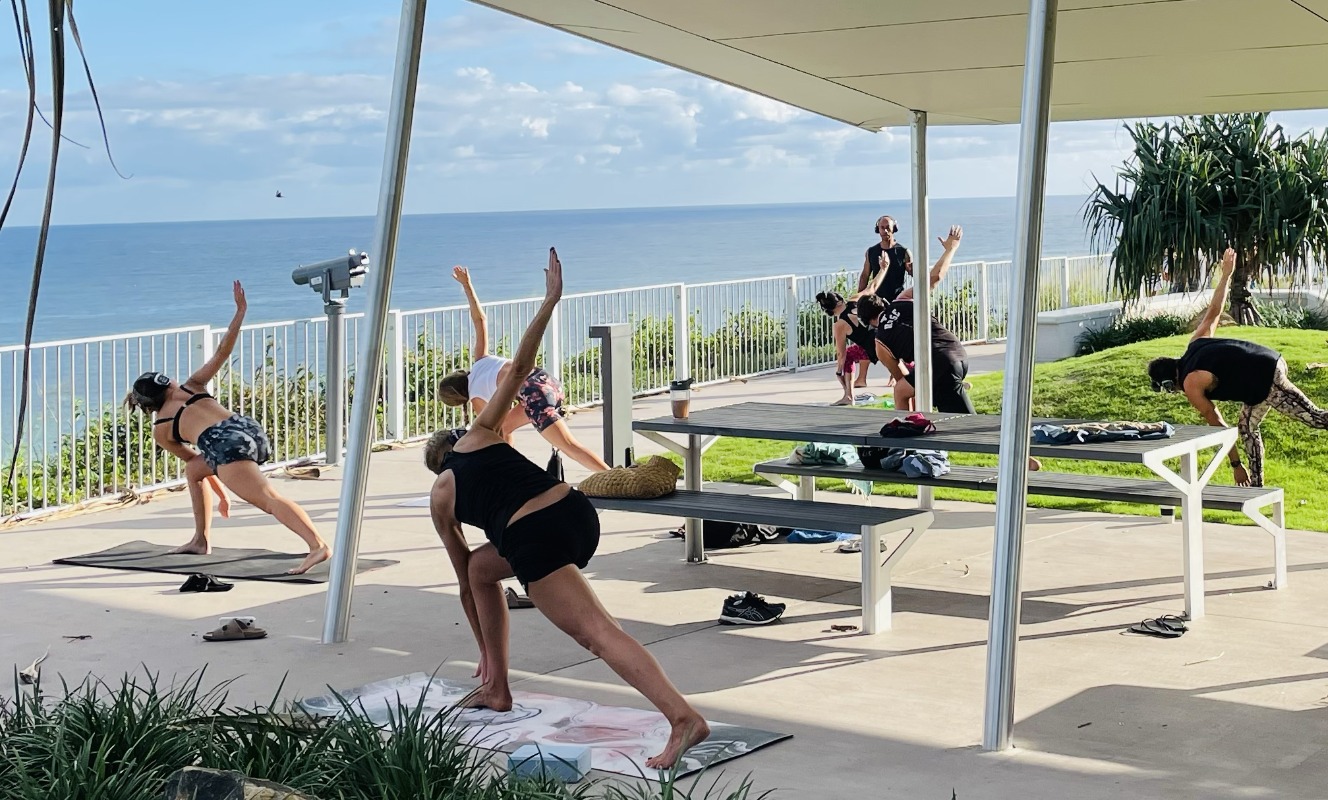
How to Prevent and Recover from Workout Injuries
Workout injuries can sideline even the most dedicated fitness enthusiasts. Prevention is key, involving proper warm-ups, correct form, gradual progression, and listening to your body. Recovery strategies like rest, ice, compression, and elevation (RICE), along with active recovery and proper nutrition, are crucial for healing and getting back on track safely. Understanding these principles can help you stay injury-free and achieve your fitness goals.This article will delve into the essential strategies for both preventing and recovering from workout injuries, empowering you to train safely and effectively.
💪 Fitness Guru
13 min read · 9, Feb 2025

Prevention: The Cornerstone of Injury-Free Training:
Preventing workout injuries is paramount. A proactive approach is far more effective than dealing with the aftermath of an injury. Here are the key elements of injury prevention:
- Proper Warm-up: A dynamic warm-up is crucial for preparing your body for exercise. It increases blood flow to muscles, improves joint mobility, and primes your nervous system for activity. Dynamic stretches like arm circles, leg swings, and torso twists are ideal.
- Correct Form: Maintaining proper form during exercises is essential for preventing injuries. Whether you're lifting weights, running, or performing bodyweight exercises, ensure you're using the correct technique. If you're unsure, seek guidance from a qualified trainer or coach.
- Gradual Progression: Avoid the temptation to do too much too soon. Gradually increase the intensity, duration, and frequency of your workouts to allow your body to adapt. Overloading your muscles and joints increases the risk of injury.
- Listen to Your Body: Pay attention to your body's signals. Don't push through pain. If you experience any discomfort, stop the exercise and rest. Ignoring pain can lead to more serious injuries.
- Appropriate Rest and Recovery: Rest and recovery are just as important as the workout itself. Allow your muscles time to repair and rebuild by incorporating rest days into your training schedule. Overtraining can lead to fatigue, muscle imbalances, and increased injury risk.
- Balanced Training: Avoid focusing on just one type of exercise. A balanced training program that includes a variety of activities, such as strength training, cardio, and flexibility work, can help prevent overuse injuries.
- Proper Nutrition and Hydration: Fuel your body with a healthy diet that provides the nutrients it needs to support muscle growth and repair. Stay hydrated by drinking plenty of water throughout the day, especially before, during, and after workouts.
- Use Appropriate Equipment: Ensure you're using the correct equipment for your chosen activity. Wear proper shoes, use appropriate weights, and make sure your equipment is in good condition.
- Flexibility and Mobility: Regularly incorporate stretching and mobility exercises into your routine. Improved flexibility and range of motion can help prevent injuries by allowing your muscles and joints to move freely.
Recovery: Healing and Getting Back on Track:
Even with the best preventive measures, injuries can still occur. Knowing how to recover properly is essential for healing and getting back to your training routine safely. The RICE method is a widely recognized first-aid treatment for many common workout injuries:
- Rest: Avoid using the injured area. Rest is crucial for allowing the tissues to heal.
- Ice: Apply ice to the injured area for 15-20 minutes at a time, several times a day. Ice helps to reduce inflammation and pain.
- Compression: Use a compression bandage to reduce swelling. Compression helps to control bleeding and support the injured area.
- Elevation: Elevate the injured area above your heart to reduce swelling. Elevation helps to drain fluids away from the injured area.
In addition to RICE, other recovery strategies include:
- Active Recovery: Gentle movements, such as walking or light stretching, can promote blood flow to the injured area and aid in healing.
- Proper Nutrition: A healthy diet rich in protein and other essential nutrients is crucial for tissue repair and recovery.
- Sleep: Adequate sleep is essential for the body's natural healing processes. Aim for 7-9 hours of sleep per night.
- Physical Therapy: For more serious injuries, physical therapy can help to restore function, strength, and range of motion. A physical therapist can also provide guidance on exercises to prevent future injuries.
- Pain Management: Over-the-counter pain relievers can help to manage pain and inflammation. However, it's important to consult with a doctor if pain is severe or persistent.
Knowing When to Seek Professional Help:
While many minor workout injuries can be treated at home, it's important to know when to seek professional medical attention. Consult a doctor if you experience any of the following:
- Severe pain
- Significant swelling or bruising
- Inability to move the injured area
- Deformity of the injured area
- Numbness or tingling in the injured area
- Symptoms that don't improve after a few days of home treatment
Q1: What is the RICE method?
Ans): Rest, Ice, Compression, Elevation – a first-aid treatment for common injuries.
Q2: How can I prevent workout injuries?
Ans): Proper warm-up, correct form, gradual progression, listen to your body, rest, and balanced training.
Q3: What are some signs of overtraining?
Ans): Persistent muscle soreness, fatigue, decreased performance, and mood changes.
Q4: When should I see a doctor for a workout injury?
Ans): For severe pain, significant swelling, inability to move the area, or symptoms that don't improve.
Q5: How important is nutrition for injury recovery?
Ans): Very important. Proper nutrition supports tissue repair and healing.
Similar Articles
Find more relatable content in similar Articles

Fitness Lessons from Wild Animals – Move Like Nature Intende..
“Discover how observing wild a.. Read More

The Science of Breathwork: Fitness Beyond Muscles...
Exploring how conscious contro.. Read More

The Silent Workout: Fitness Without Any Equipment or Noise...
“Discover the power of silent .. Read More

Microbiome and Muscle: Gut Health as a Hidden Fitness Tool...
Unlock the hidden potential of.. Read More
© 2024 Copyrights by rFitness. All Rights Reserved.